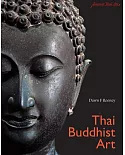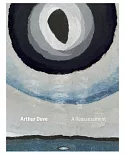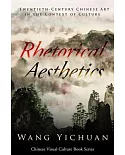The Europeans who first explored and settled North America were endlessly intrigued by the indigenous people they found there; even before the newly arrived colonials began to record the
landscape, they drew and painted Indians. This study focuses on that practice, offering a new visual perspective on westward expansion, mainly through a survey of the major Indian images
painted by Euro-American artists before and after the American Revolution. William H. Truettner finds that these images were never simply the historical record they were purported to be;
instead they were conceived--either directly or indirectly--to accompany attempts to expand white hegemony across North America, first by the British, then by the Americans. Truettner's
incisive, accessible readings of paintings by artists such as Benjamin West, Gilbert Stuart, Charles Bird King, and George Catlin relate these images to social and political events of the time,
and tell us much about how North American tribes would fare as they fought to survive during the second half of the nineteenth century.





















